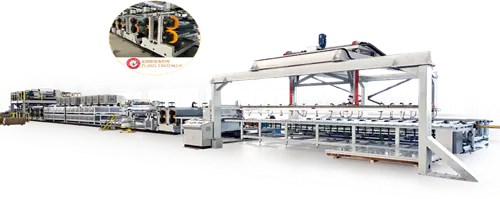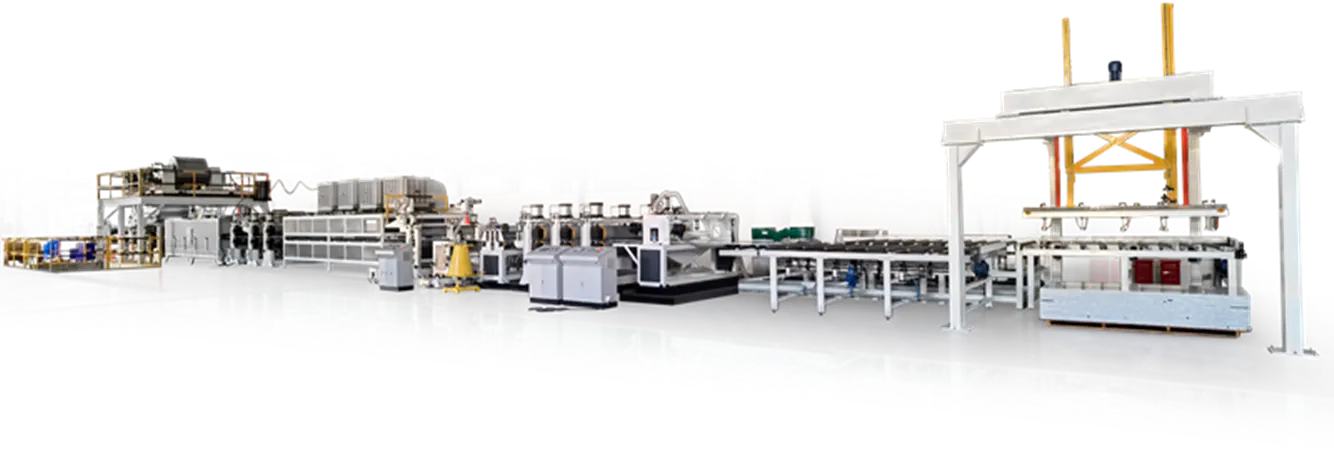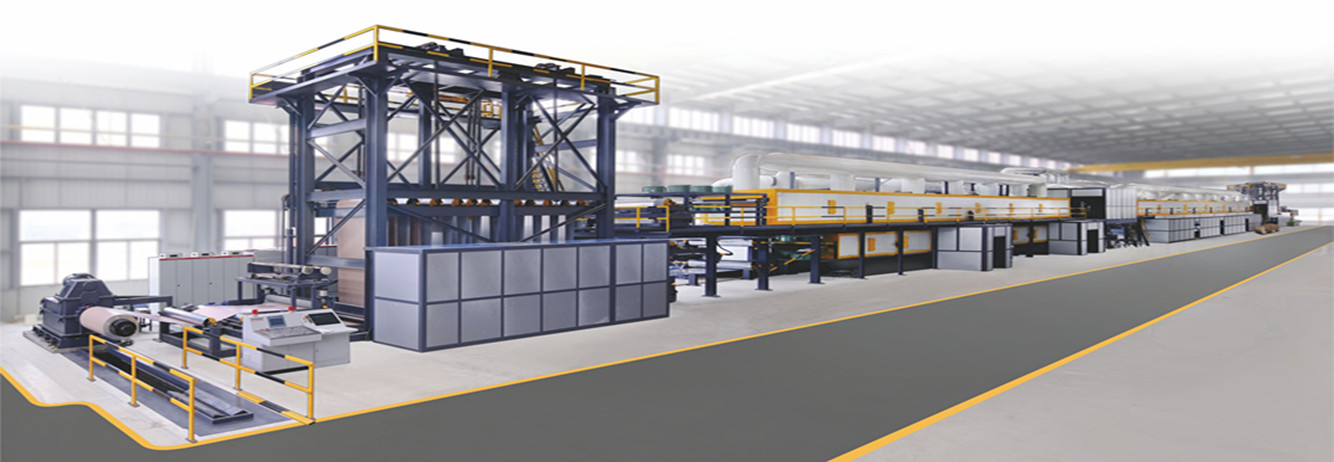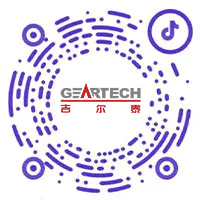As industries across sectors seek greater adaptability and efficiency in surface treatment processes, the coil coating line continues to evolve. These developments are reshaping how manufacturers approach material finishing, particularly when dealing with high-throughput demands and diverse end-use requirements. Recent upgrades in coil coating line configurations are providing more control, flexibility, and consistency, aligning with modern standards and varied customer expectations.

A coil coating line is a continuous process that applies coating materials to metal substrates, primarily steel and aluminum, before fabrication. This pre-painted metal is used in construction, appliances, transportation, and other applications. In recent years, manufacturers have begun investing in more adaptable coil coating line systems to respond to changing product specifications and smaller batch demands without sacrificing output speed or quality.
Alongside these changes, the metal coating line—often used interchangeably but sometimes referring to systems handling different types of metallic surfaces or coating processes—has also undergone significant refinement. Today’s metal coating line setups are integrating smart controls, modular components, and improved curing technologies. These enhancements make it easier to adjust parameters on the fly, reduce downtime between runs, and maintain consistent coating thicknesses even when operating at varying speeds.
A key trend in coil coating line modernization is the implementation of advanced monitoring tools. These include inline inspection systems that check for coating uniformity, color accuracy, and surface defects in real time. By identifying issues early in the process, the line less waste and prevents downstream problems. For manufacturers handling a wide range of coated products, this functionality is especially valuable. It ensures the coil coating line can manage shifts in specifications or coating formulations with small manual intervention.
Meanwhile, innovations in drying and curing systems have allowed the metal coating line to accommodate a broader range of coatings, including newer eco-conscious and low-temperature formulations. By fine-tuning curing ovens and employing better air management, lines can achieve desired finishes while using less energy. These updates are not only improving environmental performance but also enabling more precise results across a broader selection of materials.
Another area where progress is evident is in surface treatment and pre-cleaning stages. Upgraded coil coating line configurations often feature more efficient pretreatment sections that provide cleaner, more reactive surfaces, allowing coatings to adhere more reliably. Combined with improved roll-coater designs, these systems enable the consistent application of primer and topcoat layers, crucial for durability in demanding environments.
From roofing panels to home appliances, the need for customized and high-performance coated metal continues to expand. A metal coating line that can shift between different gauges, finishes, and colors with small changeover time is increasingly essential. Manufacturers are responding by adopting more versatile coil coating line architectures, including quick-change modules and automated recipe systems that make these transitions more seamless.
In practical terms, these upgrades mean that both the coil coating line and metal coating line operations can handle greater product variety without compromising process integrity. As a result, producers are able to better serve customers with unique requirements, whether in color matching, corrosion resistance, or mechanical properties. This adaptability also supports shorter advance times and tighter quality assurance metrics.
As industries continue to diversify their product offerings and face higher expectations around efficiency and sustainability, the evolution of the coil coating line and the metal coating line remains critical. Through a combination of mechanical improvements and digital integration, these systems are becoming more responsive, consistent, and capable of supporting a wider spectrum of applications.

 中文简体
中文简体 English
English Português
Português русский
русский Español
Español عربى
عربى









